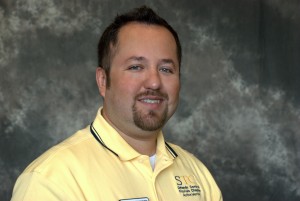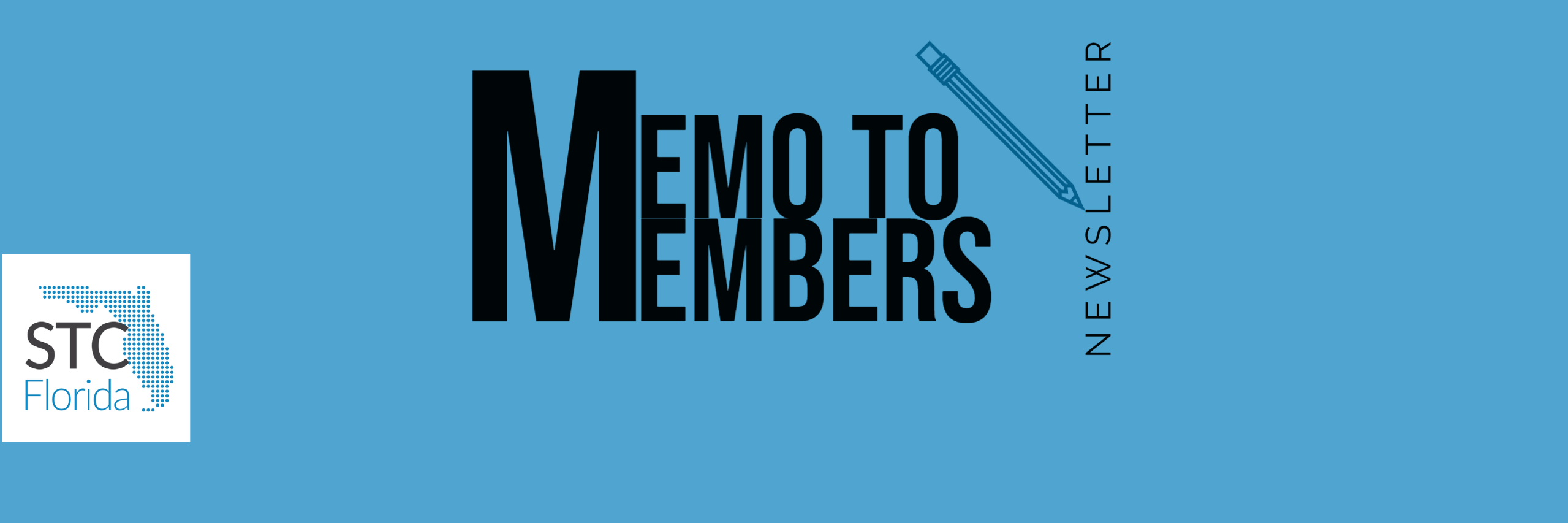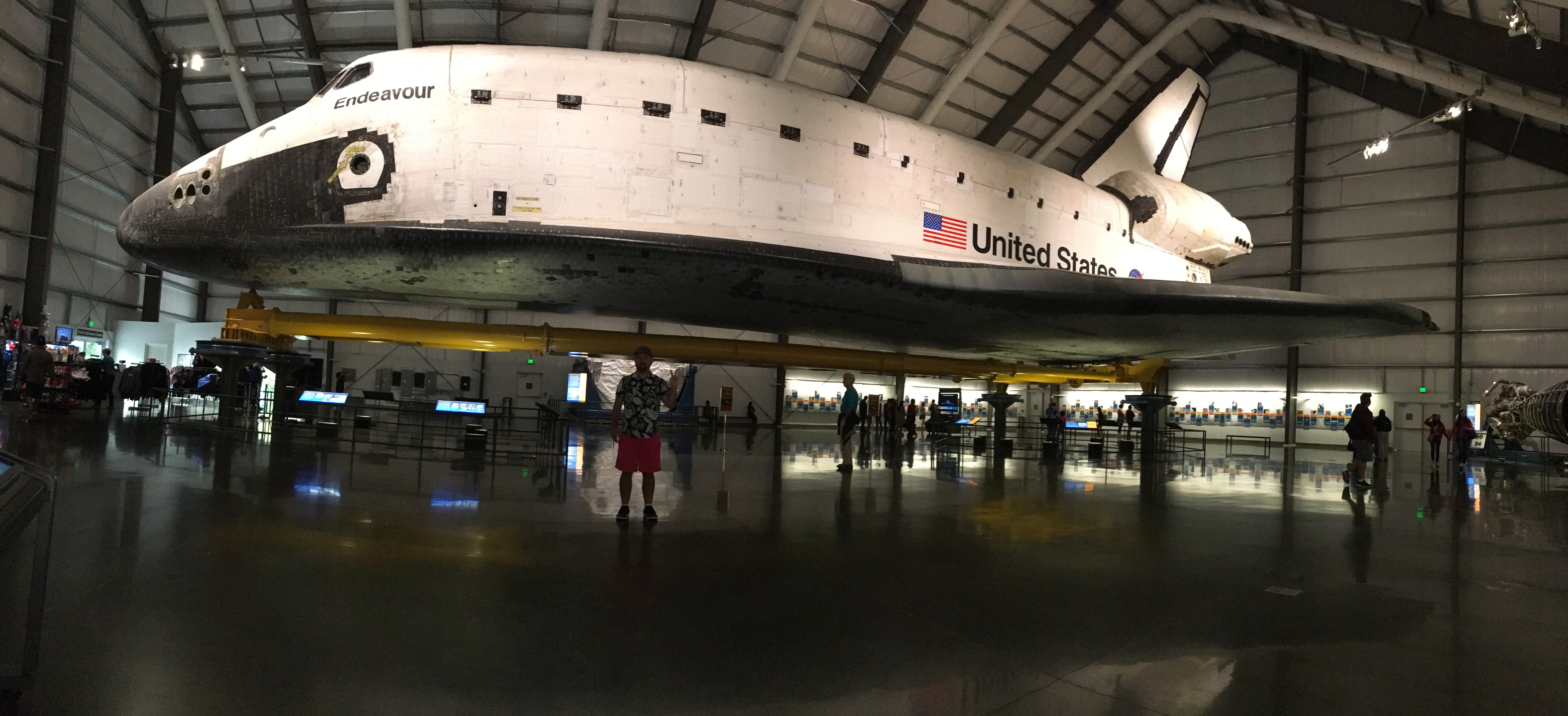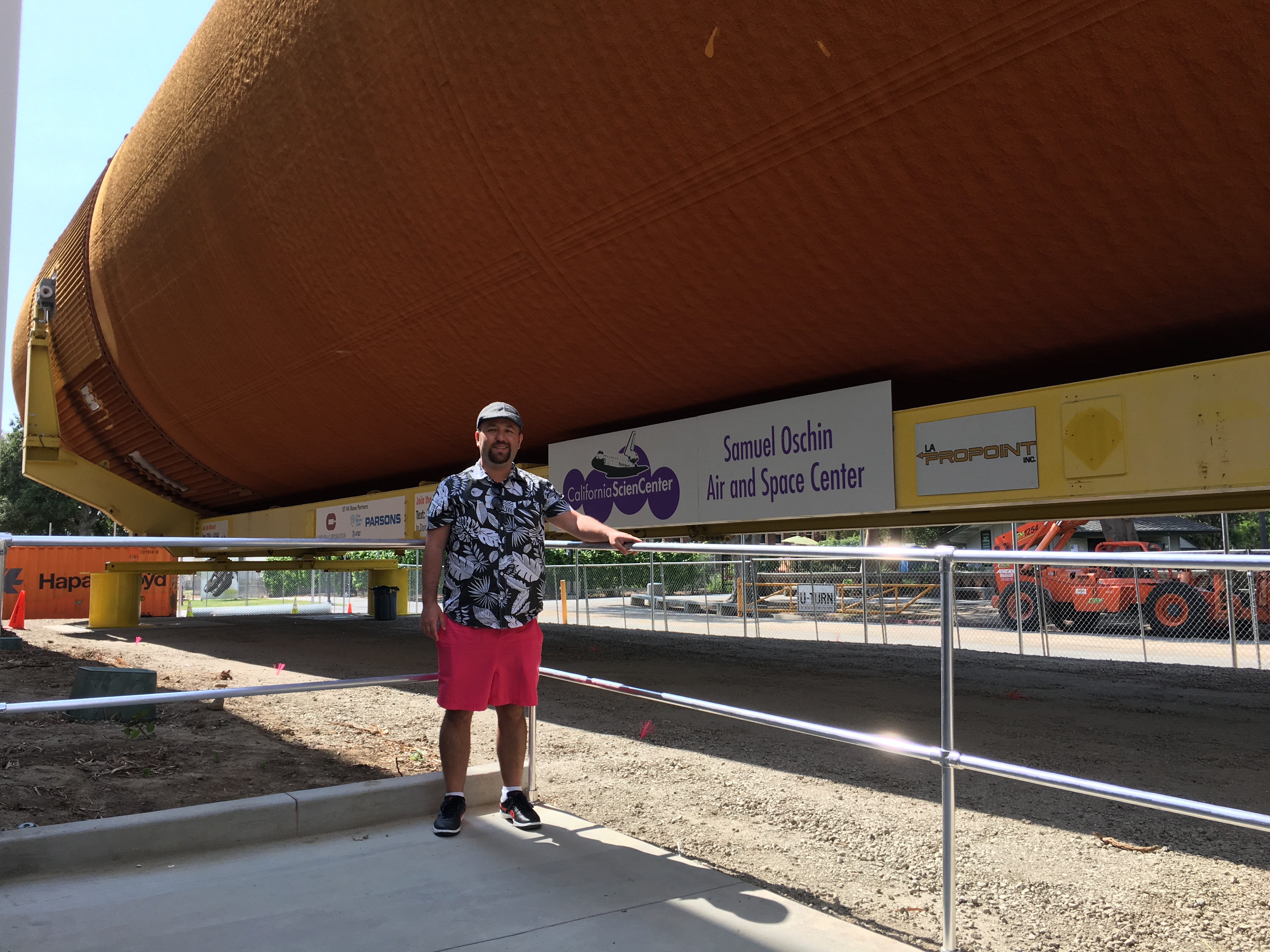
By: Alex Garcia
President
(Orlando Central) Florida Chapter, STC
president@stc-orlando.org
“The Columbia Shuttle just blew up. Poor them and their families! :(“ — a blue notification on my Kyocera flip phone.
It was a sunny Saturday morning in February 2003 when, through sleepy eyes, I received the bone-chilling text message from a college classmate in the Aerospace Engineering program at UCF. I turned on CNN and was glued to the TV for the rest of the day. Seven lives ended over the swamplands of Texas and Louisiana on February 1, 2003. The Space Shuttle Columbia, which had been damaged by falling External Tank foam during launch, succumbed to the heat and pressures of reentry. They never had a chance.
In the months that followed, somewhat selfishly, I wondered what this would mean for my chosen field of study—my five year plan, after all, was to work for the Space Shuttle Program at Kennedy Space Center (KSC). The accident grounded the Space Shuttle fleet for over two and a half years, and led to President George W. Bush setting a program cancellation date of 2010. A Congressional panel was called, a report was published. The three remaining orbiters (Discovery, Atlantis, and Endeavour) would fulfill the Shuttle Program’s primary mission of finishing construction of the International Space Station and refurbishing the Hubble Space Telescope before limping into museums where they would inspire future generations of scientists.
It was in the period following “Return to Flight” that I actually set foot onto KSC as a contracted employee, specifically a Co-op student. I felt a sense of pride about working for the Shuttle Program, but there was a sensible agitation in the workforce. Our program was a lame duck, but, despite the cancellation, we would get every single mission off the ground and back home safely. It was as if we held out hope that each time we excelled, the program would be extended. Quite honestly, everyone loved their job and didn’t want the ride to end.
Through my college-aged naiveté, I sat in the background of meetings and listened to how decisions were made with painstaking attention to detail. One of the results of the Columbia report was an emphasis on letting any employee speak up during a situation they felt uncomfortable in. Everyone, me included, was handed a “TIME OUT!” card: a business card with the phrase in bold red letters to attach to their badge holder. If one of these cards ever hit a table, a shop cart, or the floor, the team would immediately stand down wherever they were and talk about the problem. In my career, I only saw one of these slammed on a conference room table during a fairly heated exchange between two engineers. The entire room audibly gasped at the gravity of the TIME OUT! card being employed. Cooler heads prevailed and business eventually continued as planned.
NASA had disasters in 1967, 1987, and 2003. That is three different generations of engineers. It could be argued that enough time passed between the accidents that attrition caused organizational knowledge to dissipate, lessons to be forgotten, and history to repeat itself. Organizational change takes years, sometimes decades, and longer if turnover occurs in key positions. As engineers and technical communicators, we have an ethical responsibility to verify all the information in our documents is accurate, especially if we attach our signatures to them. I would say that the lesson of the Columbia Disaster would be this: If you ever feel uncomfortable about a decision at work, call a TIME OUT!


